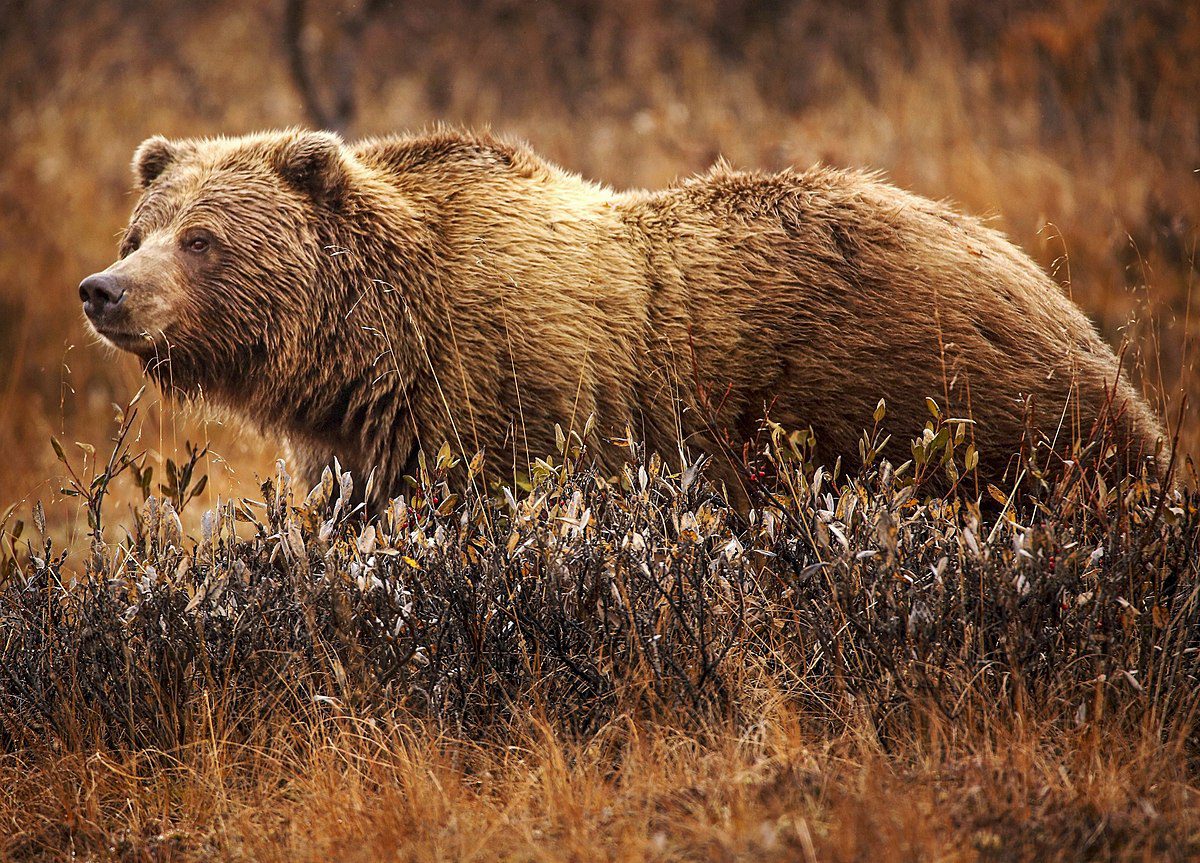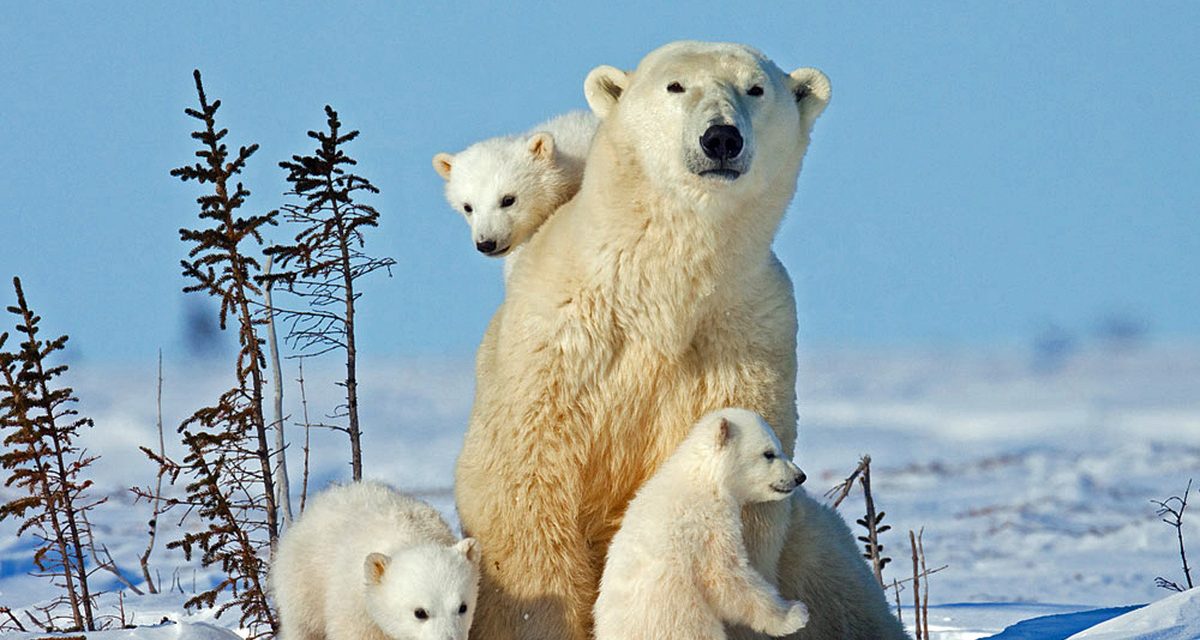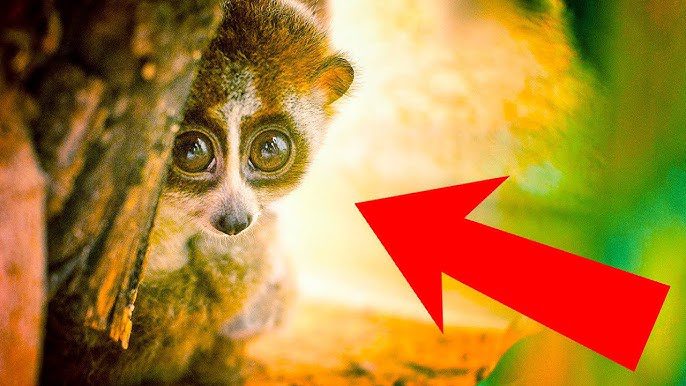Top 10 Animals you should Never Hug
Introduction
There’s something irresistibly heartwarming about the idea of hugging animals—but not all creatures are cuddle material. While some animals may appear fluffy, calm, or even friendly from afar, attempting to get up close and personal can be a serious mistake. Nature is full of powerful, unpredictable, and sometimes deceptively cute animals that are best admired from a safe distance. Whether it’s due to their sheer strength, territorial behavior, or deadly instincts, some animals simply don’t respond well to human affection. In fact, trying to hug them could result in serious injury—or worse.
This list isn’t about demonizing wildlife, but about respecting it. Each of these animals plays an important role in their ecosystem, but they also have natural defenses and behaviors that make them dangerous to humans. So, before you let curiosity or overconfidence get the best of you, here are ten animals you should absolutely never try to hug.

Grizzly Bear
Grizzly bears might look like oversized teddy bears, but don’t let their shaggy fur and lumbering walk fool you. These apex predators are incredibly strong, fast, and territorial—especially when protecting their cubs or a fresh kill. A grizzly can weigh over 600 pounds and run up to 35 miles per hour. Hugging one, even out of admiration, is a quick way to provoke a deadly reaction. In bear country, admiration should come with distance and respect.
Hippopotamus
Despite their round, comical appearance and slow-moving demeanor, hippos are among the most dangerous animals in Africa. They’re fiercely territorial, especially in water, and are known to capsize boats or charge without warning. Their massive jaws can snap a canoe—or a person—in half. Hippos account for more human deaths in Africa than lions. So while they may resemble something out of a children’s cartoon, hugging a hippo is more likely to land you in a hospital—or worse.
Cape Buffalo
Often called “Black Death” in Africa, the Cape buffalo has earned a reputation for being one of the most unpredictable and aggressive animals on the continent. Weighing up to 2,000 pounds with powerful horns, it’s known to charge with little warning, especially if injured or cornered. Unlike other animals that flee from danger, Cape buffalo will often attack—and they rarely miss. Trying to hug one would be seen as a threat, and you’d likely end up on the wrong end of those sharp, crushing horns.

Polar Bear
Polar bears may look like majestic, snow-dusted giants, but they are apex predators with an insatiable appetite. They live in some of the harshest environments on Earth and have adapted to be highly efficient hunters. Unlike other bears, polar bears see humans as prey, not just intruders. Their powerful limbs and massive paws make them lethal in close encounters. Hugging a polar bear wouldn’t be a brave gesture—it would be your final mistake.
Moose
Moose may seem calm and gentle from a distance, especially when spotted grazing quietly in the woods. However, these massive animals can be dangerously aggressive if provoked, especially during mating season or when protecting their calves. A full-grown moose can weigh over 1,500 pounds and charge at speeds up to 35 mph. Their long legs and sharp hooves are capable of delivering fatal blows. Hugging a moose isn’t a harmless wildlife moment—it’s a high-risk encounter waiting to go wrong.
Cassowary
Don’t be fooled by the cassowary’s bright colors and almost prehistoric appearance. Native to Australia and New Guinea, this large flightless bird is considered one of the most dangerous birds on Earth. It has dagger-like claws on its feet and powerful legs capable of delivering kicks strong enough to seriously injure or kill. Cassowaries are notoriously territorial and can become aggressive quickly. If you ever come across one in the wild, keep your distance—hugging it could be your last bad decision.
Komodo Dragon
The Komodo dragon is the world’s largest lizard and a predator you absolutely do not want to get close to. Native to a few Indonesian islands, these reptiles can grow up to 10 feet long and have a venomous bite that causes rapid blood loss and shock in their prey. They’re also incredibly strong and fast for their size. Hugging a Komodo dragon isn’t just dangerous—it’s reckless. They don’t seek affection; they seek food, and you might end up on the menu.
Wild Boar
Wild boars are aggressive, unpredictable, and equipped with razor-sharp tusks that can do serious damage. Found across many continents, these animals are known to charge when threatened, and they can inflict deep wounds in seconds. Boars are especially dangerous when cornered or protecting their young. Despite looking like oversized pigs, they’re not farm animals and definitely not safe to approach. Hugging a wild boar is less a sign of love and more a guaranteed trip to the emergency room.

Elephant (in the wild)
Elephants are intelligent, emotional, and social animals, but that doesn’t make them safe to hug—especially in the wild. Despite their calm appearance, wild elephants can become extremely aggressive when they feel threatened or provoked. They’ve been known to charge vehicles, destroy trees, and trample perceived threats without hesitation. Their sheer size and strength make them nearly unstoppable. While they deserve our awe and respect, hugging a wild elephant is a dangerous misjudgment of their power and unpredictability.
Wolverine
Wolverines may be small compared to other animals on this list, but they pack a ferocious punch. Weighing around 20 to 40 pounds, these solitary creatures have powerful jaws, sharp claws, and a fearless attitude. They’re known to take down prey much larger than themselves and will fiercely defend their territory. Despite their name sounding like a superhero, wolverines are wild animals through and through. Attempting to hug one would be met with instant aggression and potentially severe injury.
Conclusion
While the idea of hugging animals might come from a place of affection or curiosity, it’s important to remember that wild creatures are not domesticated pets. Many animals, no matter how cute or majestic they appear, have natural instincts and defenses that make close human interaction extremely dangerous. Respecting their space isn’t just good for your safety—it’s also vital for their well-being. Admire wildlife from afar, and leave the hugs for creatures that actually want them.
You Can Also Read: Top 10 Animals You Can Ride
FAQS
What animals are you not allowed to touch?
Attempting to closely approach or touch marine animals, like otters, seals, dolphins, sea turtles, or manta rays could seriously injure them, cause them to flee, or evoke aggressive behavior, using up the precious energy they need to perform basic life activities.
Which animal hugs the most?
Koalas. These intelligent marine mammals are known for their playful and social nature, often swimming close together and nudging one another, resembling hugs.
Which animal you Cannot touch?
Tiger: Tigers are wild animals and can be dangerous if approached or touched. It is important to maintain a safe distance from tigers for both human safety and the well-being of the animal. – Lion: Similar to tigers, lions are also wild animals that should not be touched.
Which gender hugs more?
A female friend had been hugged by 57.62% of the participants, a male friend by 38.27%, and their own child by 82.22%. However, there were also large differences between the countries. For example, couple hugs were very common in some countries, but much less so in others.
What animal is very flirty?
Chameleons. Male chameleons often perform elaborate courtship displays, showcasing their vibrant colours and performing intricate dances to impress potential mates. Once a pair has bonded, they will often spend time together basking in the sun or hunting for food.
